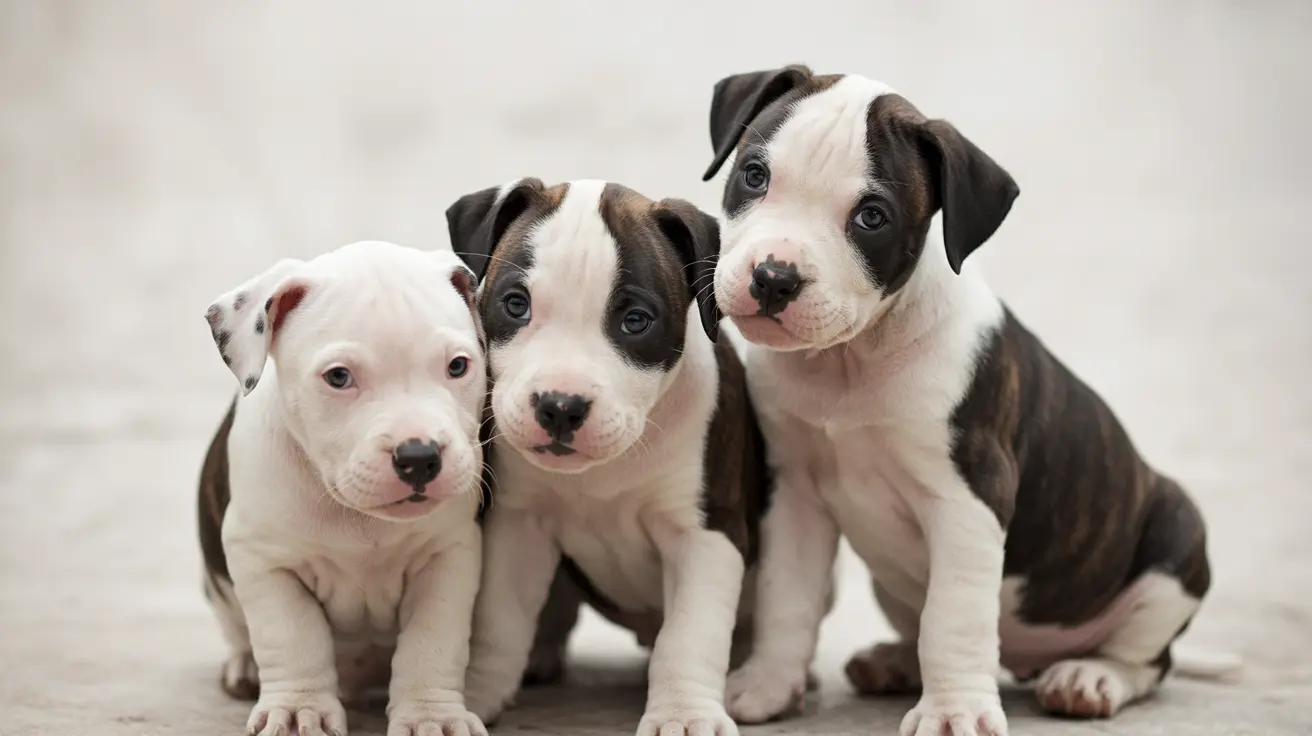Can a Dog Catch Norovirus from a Human?
Norovirus is best known for causing outbreaks of gastrointestinal illness in humans. However, recent studies suggest that dogs can occasionally contract human noroviruses through close contact with infected people. These instances, though rare, highlight the importance of understanding how reverse zoonosis (human-to-animal transmission) can impact your pets.
What is Norovirus?
Norovirus is a highly contagious virus and a leading cause of acute gastroenteritis globally. Common symptoms include:
- Vomiting
- Diarrhea
- Stomach cramps
- Nausea
- Fever (sometimes)
The illness often lasts just a few days but can be severe, especially in vulnerable populations.
Can Dogs Be Infected by Human Norovirus?
While canine noroviruses exist, research has shown that dogs can occasionally become infected with the human strain. These cases generally involve close contact with sick humans and have been confirmed through studies detecting human norovirus RNA or antibodies in dogs.
Scientific Evidence of Human-to-Dog Transmission
Multiple studies have supported the possibility of human-to-canine transmission:
- In Finland, dogs from homes with norovirus-affected individuals tested positive for human norovirus RNA in feces, with some showing symptoms.
- A UK study found 13% of the sampled dogs had antibodies against human norovirus, indicating past exposure.
- In Thailand (2020), a household outbreak involved both children and dogs. Genetic analysis showed a close match between the viruses in both species.
Symptoms of Norovirus in Dogs
While norovirus in dogs is uncommon, symptoms can include:
- Vomiting
- Watery diarrhea
- Lethargy
- Dehydration
- Abdominal pain
- Decreased appetite
These symptoms generally resemble gastroenteritis caused by other viruses like canine parvovirus or distemper, which must often be ruled out first.
Diagnosis and Testing
Diagnosing norovirus in dogs involves:
- Ruling out more common gastrointestinal viruses
- PCR testing for norovirus RNA in fecal samples
- Monitoring clinical signs and exposure history with sick humans
Treatment and Recovery
There is no specific antiviral treatment. Care is typically supportive and focuses on:
- Hydration (oral, subcutaneous, or intravenous fluids)
- Bland diets (boiled chicken and rice)
- Medications for vomiting and diarrhea, prescribed by a vet only
Most dogs recover within a few days to a week. Puppies, senior dogs, or those with pre-existing conditions may require more intensive care.
Can Dogs Transmit Norovirus Back to Humans?
Unlike its high transmissibility among humans, dog-to-human transmission of norovirus is extremely rare. There is currently no documented case of a human contracting norovirus from a dog. Still, the virus is durable and can survive for long periods on surfaces and fur, necessitating precautions.
Precautionary Measures
To prevent the spread of norovirus within a household—and protect both humans and pets—follow these hygiene practices:
- Wash hands thoroughly after cleaning pet waste or vomiting
- Disinfect contaminated surfaces immediately
- Prevent pets from licking or sniffing infected areas
- Isolate symptomatic animals and seek veterinary consultation
- Maintain good hygiene especially if any household member is ill
Conclusion
Though occurrences are rare, human norovirus can be transmitted to dogs, particularly in close-contact household settings. The resulting illness in pets is usually mild and self-limiting but warrants veterinary attention to ensure proper diagnosis and supportive care. Practicing good hygiene, especially during illness in the home, helps protect all members of the household—two-legged and four-legged alike.





